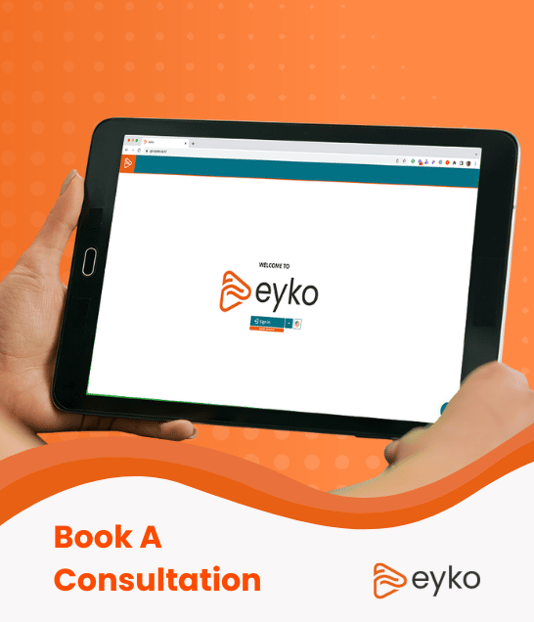Can You Avoid Spreadsheet Risk Entirely?
Escape Spreadsheet Risk When Making Business Decisions!
In my late 30s, and near the end of an important business cycle, I was in a hurry to submit my hiring plans for the next six months. In my hurry to submit the hiring forecast I accidentally entered a 7 (Seven) instead of a 1 (One) before a zero, inadvertently increasing the hiring forecast by a factor of 7 and throwing off the forecast across the wider division. I submitted the spreadsheet and suddenly raised alarms across the organization. Luckily the error was caught by my manager, rejected, and pushed back to me to fix. Later that week I got my eyes checked and I realized I could no longer see details on computer screens. Since then, I’ve worn progressives that allow my eyes to use different parts of my eyeglasses to focus on different lengths.
Luckily, this error was caught quickly and fixed. Meanwhile, organizations are littered, still to this day, with erroneous spreadsheets. Research indicates nearly 90% of spreadsheets have errors, yet most organizations are still making decisions with spreadsheets. Some decisions can have steep costs to organizations. For example, a cut and paste error cost TransAlta $24 million in overspend on hedged power.
So why are organizations still using spreadsheets?
Data Source Proliferation:
When we poll our customers and prospects, business users are overwhelmed with data sources and can’t wait for IT to merge the various systems into a well governed and secure data source for reports and dashboards. Hence, business users revert to data dumps or CSV exports from core systems and then manually stitch them together in a spreadsheet program like Microsoft Excel or Google Sheets.
Data Enrichment:
Another reason is to enrich or augment data with calculations, transformations, or classifications. Current analytics tools built on top of data warehouses are typically too difficult for users to manipulate and enrich their data for further analysis.
Report Writing Tools are Hard to Use:
A third reason is that most report and dashboarding tools are hard to use or are too shallow and don’t give the user enough features to build their reports. So users find themselves either overwhelmed or stunted.
Can spreadsheets be completely avoided?
Can you avoid using spreadsheets entirely, and the cut out the associated human errors, and the risk?
We built eyko to help users escape Spreadsheet hell – never ending new data merges, calculations, error-prone worksheets, and data silos. eyko was purpose built for business users to make it easy to connect to and combine multiple data sources into a governed and secured data container. During the ingestion and data combination process, eyko also makes it easy for users to automatically link multiple sources and clean, transform, and enrich the data with calculations, hierarchies, transformations, classifications, and more. The result is a workflow that makes it easy for users to avoid IT bottlenecks and long waits, that empowers them to merge existing data sources and add new data sources as they come online. This way, data is always up to date due to the automatic refresh and new data capture, and users are assured they can make decisions based on all their data.
What also sets eyko apart is the ability to quickly and easily build reports with smart templates. Once you’ve created your data pool with all the data from multiple sources with enriched calculations and other assets, you simply select from one of the most common report or dashboard templates and populate your report for instant analysis.
To learn more, visit this page or contact us to learn how you can derisk your decisions by avoiding spreadsheets entirely.
Share this
You May Also Like
These Related Stories

Outgrowing Excel: Embracing Next-Generation Reporting with eyko

Financial Statement Reports in Power BI

